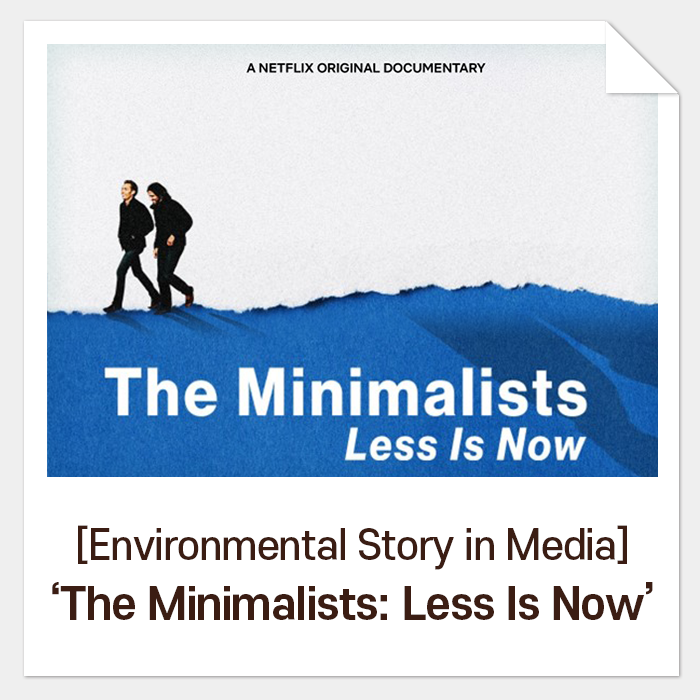[Special Article] Everything About Plastic and Our Choice For Tomorrow_1 History of Plastic and Its Scale
Plastic has been praised to be a ‘miracle material’ over the last 150 years. Thanks to its amazing transformation skills and functions, it has been applied to various industry fields. Yet, hundreds and thousands of reports and data insist that microplastic causes severe marine pollution and destroys the ecosystem around us and humans are facing a plastic dilemma. How well and deep do we know about plastic that we see and use everywhere? To understand what we are dealing with better, rePAPER is going to investigate the lifecycle of plastic step by step in the next 8 contents and suggest how we can work for a sustainable society.
Then, shall we
start with the origin of plastic?
The Origin of
Plastic
Plastic polymers are commonly known as synthetic resins and the name ‘plastic’ is originated from a Greek word ‘plastikos’ which means “to be easily formed or molded”. A polymer is a term to call a compound that consists of monomers, small molecules, being combined repeatedly. Each polymer has different properties depending on which monomers are combined in which way. Polymers like protein, starch, cellulose, and rubber are good examples of natural polymers found in plants and animals. However, people needed to come up with alternatives due to the risk of depletion for the natural resource and high manufacturing cost and today’s plastic is the fruit of years of R&D.
In order for an industry to be developed and expanded, there are certain conditions to be satisfied such as the situation of the times and a country’s overall economic power. In case of plastic industry, World War 2 became a trigger. People began to use plastic for various types of military supplies such as ropes, parachutes, cables, fuel tanks, and windows for flights. Being easy to make and much more cost-efficient compared to natural resources, plastic started to be highly preferred.
During the war,
the production rate of plastic raised up to 300% and began to replace other
materials such as steel, paper, glass, and wood which had been commonly used
then. As plastic became known to be inexpensive, safe, and hygienic, our
surroundings were swiftly changing.
Types of
Plastic
Plastic is generally categorized into two groups; they are thermoplastic and thermoset. If a product is a thermoplastic, it is easily liquified at a high temperature and changed into a different form. On the other hand, the thermoset cannot be remolded after the initial forming.
There are many kinds of plastic for each group and we are familiar with the products such as PETE, HEPE, PP, etc. that are numbered from 1 to 7 for sorting and recycling. Let’s check the features and usage for each of them.
Plastic
Production
As it is widely used, plastic is produced about 400 million tonnes globally every year. The cumulative amount of plastic produced from 1950 to 2015 is reported to be 7.8 billion tonnes, which is 1 ton per person alive today. Experts expect that the production speed is to be accelerated and it will triple the production, which takes 20 percent of the global oil consumption.
Now, which country produces plastic the most?
According to
PlasticsEurope Market Research Group’s report, more than half of the plastic
was produced in Asia. Among them, China is recognized to produce plastic most
as a single country. It seems to be a logical outcome, for China has been a ‘world’s
factory’ with abundant labor forces with low wages, a strong business system
linked with manufacturing, distribution, government, and consumers. Asia is
followed by NAFTA and Europe by 18% and 17% respectively.
Plastic Use by Industrial Sector
The advantages of plastic are that they are suitable for mass production and offer perfect functions for each industry. Polymers can be made into a whole new kind of plastic with various additives and there are in fact thousands of plastics in the world. Then, how are these plastics used for each industry?
The UN released a report (adapted from Geyer, Jambeck, and Law, 2017) that 36% of the plastic is used for packaging and 16% is used for building and construction. Especially, piping takes 35% of the plastic use of the amount used in construction. Plastic is also an important material in textiles and electronic industries.
Especially, the use of single-use plastic has been raised greatly since the 1960s. As the industry grew rapidly and women actively advanced in a society, people looked for more convenient and efficient products and silver utensils at home or restaurants were replaced with disposable ones.
Single-use
plastics not only provided convenience and cost efficiency but also hygiene.
Medical products such as disposable masks, surgical gloves, syringes, bandages
are good examples. COVID19 outbreak exceptionally
made the use of disposable products soar. The social distancing has gotten
prolonged and people would prefer online shopping and delivery food services
and this naturally results in the growth of the single-use plastic market.
After the plastic
use
The problem is that the generated waste from our daily life left too much burden on the environment due. The products made of different kinds of plastics for each part are mostly incinerated or landfilled. Many international environmental organizations and institutions have been reporting the facts that million tons of waste has been abandoned in nature, causing severe pollution and making the ecosystem imbalanced.
Experts point out that COVID19 is also a consequence of the broken balance of ecosystem from the pollution and that we should minimize the use of plastic while trying to solve the dilemma through the commercialization of genuine environmentally-friendly alternatives.
Then, how much plastic waste are we producing? How does each country treat this waste? We will check on those issues as well as their effects on the environment next time and think about what we should do for sustainable tomorrow.













Comments
Post a Comment